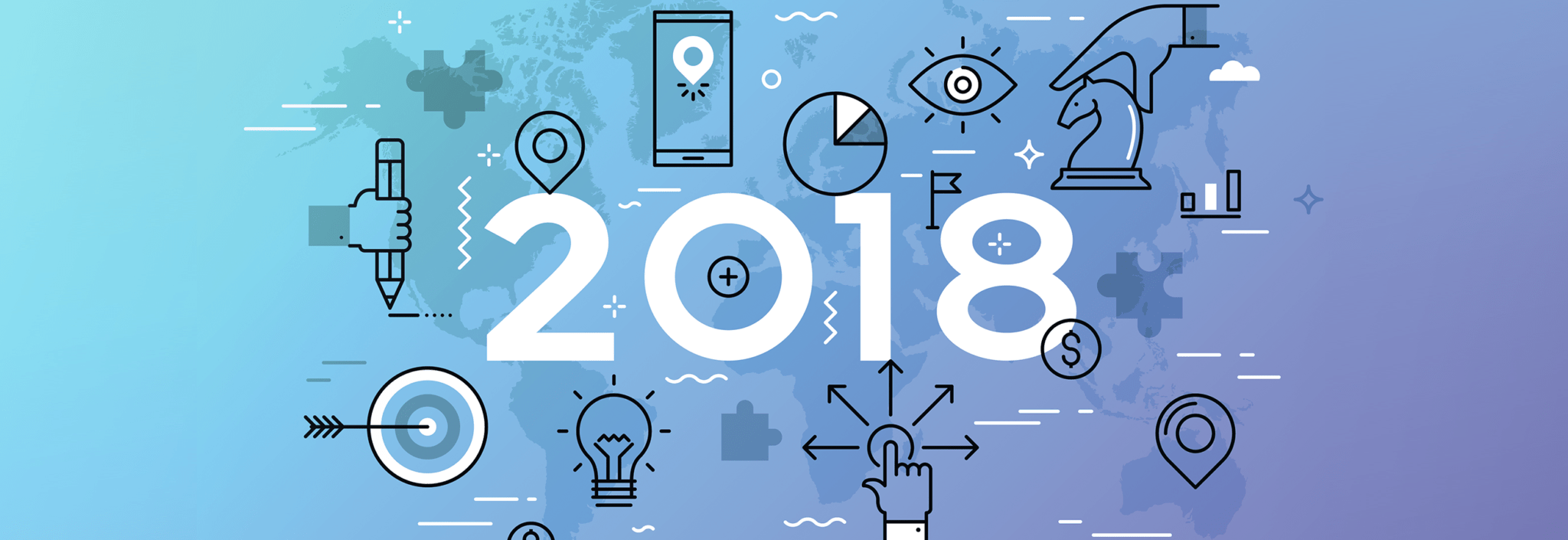When you connect with your target audience, you are connecting with unique individuals. Why treat everyone the same? Sending mass emails with generic content is a missed opportunity, and in some cases, this impersonal approach may even hurt your marketing efforts. Stand out in a world where users are constantly exposed to marketing messages. How you might ask? Be relevant.
How To Be Relevant
Email marketing is a great opportunity to engage directly with your target audience. However, the real potential is unlocked once you start segmenting your email lists! What is segmenting?
Segmenting = Creating specific groups of subscribers based on defining characteristics
This allows you to create personal and targeted email campaigns. Which is great, because no one likes generic emails that they can’t relate to or benefit from. As you might have guessed, studies show that relevant content supports better email statistics (AKA increased engagement):
• 15% more opens
• 65% more clicks
• 9% less unsubscribes
Segments You Can Use
1) New subscribers
Don’t make your new subscribers wait to hear from you. Create a welcome email to send out immediately after users subscribe. This is a great opportunity to introduce yourself, set expectations, and start building a relationship.
2) User Preferences
Not sure if your subscribers love hearing from you every week? Or only once a month? Ask! Send out a survey to see how often they want to hear from you and/or what they want to hear about. This not only shows you care about their preferences, but you’re less likely to lose subscribers.
3) Engagement Levels
Create separate content for users that regularly open your emails versus those who do not. How can you reward the members of your target audience that engage with your emails? Are you bombarding the less engaged users with irrelevant information that has nothing to do with their wants and needs?
4) Sales funnel
Your subscribers will likely be in different stages of the buying cycle. There should be separate marketing messages and levels of engagement for current customers versus potential customers. Here are some user actions that may be helpful in creating segments based on the sales funnel:
Did they visit your store/website?
Your audience is likely in the Awareness or Evaluation stage of the buying cycle. Email marketing provides an opportunity for you to educate this segment and set yourself apart from the competition. Start building a relationship NOW.
Did they abandon their shopping cart (eCommerce)?
There are many reasons why users abandon their shopping carts. Maybe they need help with the ordering process. Maybe they just weren’t ready to commit to a purchase or forgot about their shopping cart altogether. You have an opportunity to re-engage these shoppers with a follow-up email.
Have they purchased a product or service?
You now have information on your subscribers’ purchase history. This can be used to create content relevant to their spending habits and product interests. Are there complementary services, products, or upsell opportunities? How can you make your customers feel good about their purchase decisions? Do they need support or more information to get the most out of their product?
5) References
Have subscribers referred you to their friends or other organizations? Did they leave you a positive review? While this segment may be smaller than the rest, it is important! First, be sure to show your appreciation of their support. Moving forward, continue to build their loyalty with exclusive content and benefits. We all know how powerful word-of-mouth can be; do not overlook the opportunity of supporting and growing this segment.
How To Start Segmenting
Don’t panic. You don’t have to have every single segment we just discussed implemented by tomorrow, or ever. Segmenting is all about relevance, so be sure to grow and segment your email lists in a way that aligns with your organization’s goals. Here’s some questions to ask yourself to help get started:
• What segments make the most sense for our target audience?
• What data can we realistically collect and organize?
• How can we collect that data and start segmenting our lists?
Still feeling overwhelmed? Here’s some more resources to help get you on the right track!
Zapier’s Guide • Mailchimp • Contact the Powderkeg team!






